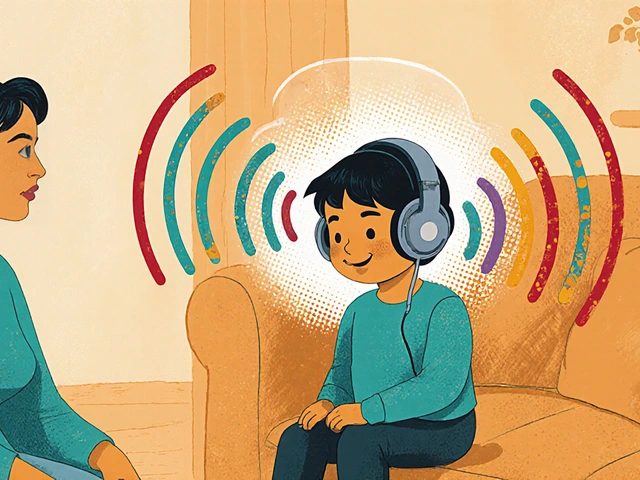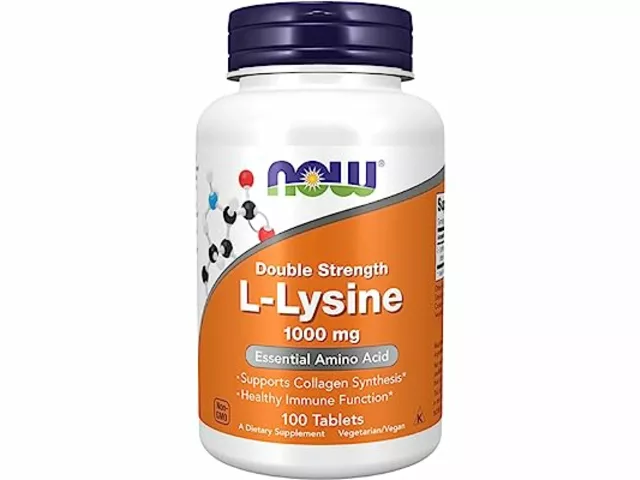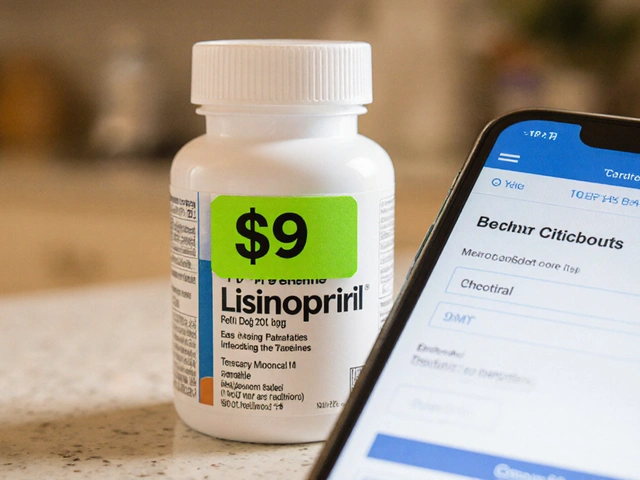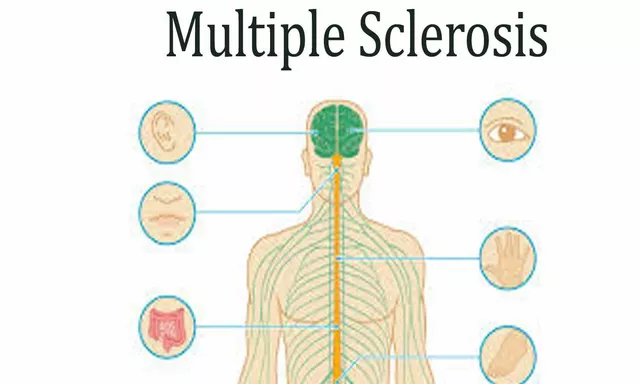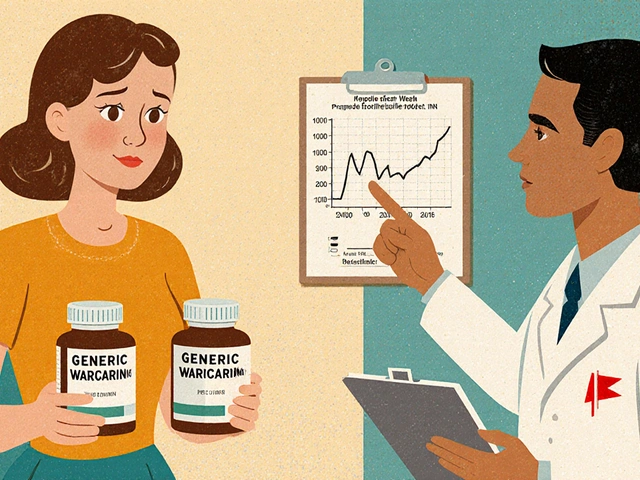Blood Pressure: What to Track and What Actually Helps
High blood pressure often shows no symptoms but drives heart attacks, strokes, and kidney damage. Want simple, usable steps to keep your numbers down? This page gives clear guidance on measuring BP at home, quick lifestyle moves that work, what common medicines do, and which drug interactions to watch for.
Measure the right way
Buy a validated upper-arm cuff and check twice a day—once in the morning and once at night—for a week. Sit quietly for five minutes, feet flat, cuff at heart level, and take two readings one minute apart. Record the average. Targets are usually below 130/80 for people at risk; talk with your clinician to set your exact goal.
If a reading hits 180/120 or you have chest pain, trouble breathing, or confusion, call emergency services right away. For consistent readings 130/80 or higher, schedule a medical review; many people need both lifestyle changes and medication.
Small lifestyle changes that move the needle
Drop 5-10% of body weight if you’re overweight and you’ll usually see a drop in pressure. Cut sodium: aim for under 2,300 mg daily and closer to 1,500 mg if you have high BP. Follow the DASH-style pattern—more vegetables, whole grains, lean protein, and low-fat dairy. Walk 150 minutes a week, limit alcohol (one drink a day for women, two for men), and quit smoking. These shifts add up fast.
Consistency beats perfection. Swap a salty snack for fruit, park farther from work, and make walking a meeting option. Track habits the same way you track numbers.
Medications help when lifestyle isn’t enough. Common classes include:
- Thiazide diuretics (first-line for many people).
- ACE inhibitors and ARBs (good for diabetes and kidney protection).
- Calcium channel blockers (effective across ages and backgrounds).
- Beta-blockers (used for heart disease, not always first choice for BP alone).
Lasix (furosemide) is a loop diuretic often used for fluid overload and heart failure. It can lower blood pressure but is usually reserved for specific conditions, not routine hypertension control.
Watch drug interactions. Grapefruit and some other citrus fruits can change levels of certain blood-pressure meds and cholesterol drugs. Also, over-the-counter inhalers containing epinephrine can temporarily spike blood pressure—ask your pharmacist if an OTC product is safe for you.
Keep a single list of all your meds, supplements, and herbal products. Share that list with every clinician and pharmacist. If numbers aren’t improving after a month or two on treatment, ask about changing doses or adding a second medicine.
Want practical next steps now? Get a good cuff, log one week of readings, cut one high-salt food from your day, and set an appointment to review your results. Small steps lead to steady wins.

Cozaar: Understanding Losartan’s Role in Blood Pressure and Heart Health
Cozaar, known as losartan, is a key medication for treating high blood pressure and protecting your heart. This long-read dives into how Cozaar works, why doctors choose it, and what people need to know about side effects and safe use. We'll look at expert tips, real-life stories, and data to give you everything you need to feel informed and confident about this medication. If you or someone you care about deals with hypertension, you'll find tons of practical advice here.
Read More
